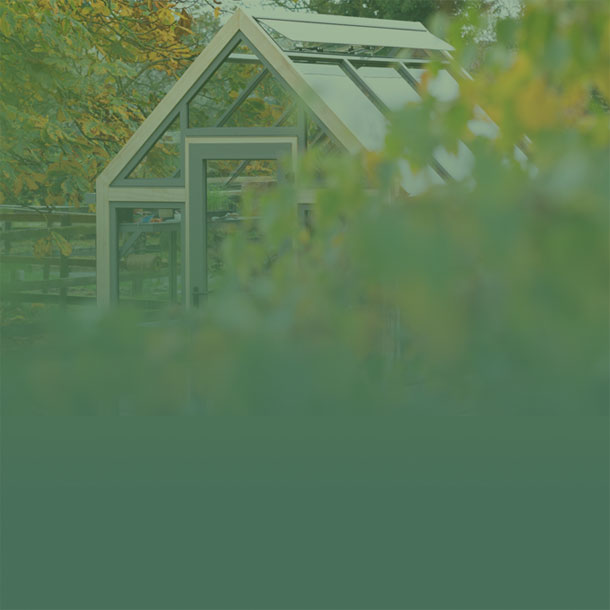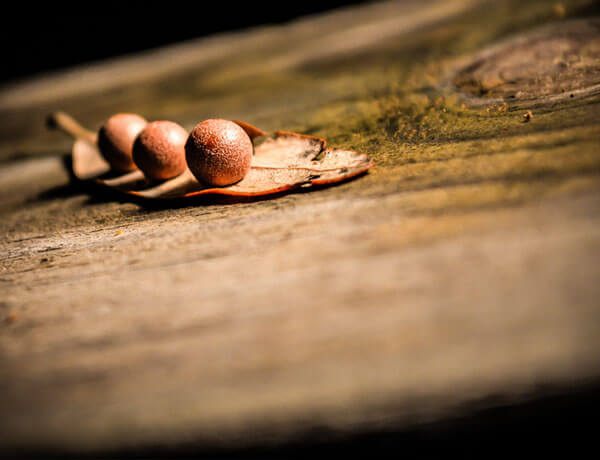-

Ideas to Steal from Chelsea
21st May 2009 • Chelsea Flower Show • Stephanie DonaldsonSo, the Chelsea Flower Show is over half way through and I’ve had time to digest what I saw when I visited the show on Monday. It’s definitely not been a vintage year.
By the time the recession hit last autumn, most of the Chelsea gardens were well underway offsite, plants were growing and materials ordered. Some of the designers pulled out due to lack of sponsorship and among those that remained there was evidence of slashed budgets.I suspect that next year will be much more interesting, as everyone adjusts to the new economic conditions. This year’s gardens weren’t designed with recession in mind – next year’s will be. I’m hoping that this will mean a lot of creative use of materials rather than the indulgence of well-nigh unlimited budgets.
So, despite my reservations, what caught my eye? Plants that appeared in several gardens included the lovely big seed heads of Angelica, lots of aquilegias and rich blue iris sibirica. Despite the best efforts of the designers to keep their choices secret, it does seem that certain plants pop up everywhere.
It was the small gardens where there was most inspiration – the ideas that anyone can take home and use. Each year I take photos of details that appeal to me – it might be a plant combination (although you need to bear in mind that not everything you see planted together will flower simultaneously in your own garden), a bit of hard landscaping or a plant support. Over the years I have used lots of these ideas in my own garden. I expect that the Hampton Court Show in July will provide similar inspiration.
The gardens that really appeal to me are the ones that confound my prejudices, that make me reconsider a particular material or planting style. The Fenchurch Garden designed by Paul Hensey certainly made me look at concrete in an entirely new way. The curvaceous pillars intersected by wall planting (another popular theme) were so tactile that I longed to run my hands over them. I also loved the way that the planting ran up the wall from the herbaceous beds. Lots of inspiration there for a small walled garden.
I thought the log wall in the 1984 garden designed by Chris Gutteridge, Antony Cox and Jon Owens would be an inexpensive way to make a blank wall look interesting, while also providing habitats for insects and nesting places for birds.
One of the problems in a small garden is to find a nice place to sit without sacrificing planting areas. Designers Angus Thompson and Jane Brockbank resolved this problem in the Nature Ascending garden by laying the deck around a tree. So often the ground beneath a tree is poor and plants are difficult to establish, so this seems a really good solution.
It is rare to see paving that outshines the surrounding planting, but in Sarah Eberle’s Artist’s Garden, the path was a remarkable tapestry of buildings created by filling metal grids with different colour gravels. This was a garden that acknowledged the credit crunch and showed that with time and imagination the cheapest materials can be transformed into something very beautiful.
It was interesting how masculine many of the large gardens were – they had structure, restraint and cool, restricted palettes. I could admire them, but I certainly didn’t love them. The exception was Tom Hoblyn’s garden with waves of redwood undulating into a dark pool of water from a large deck – all surrounded by grasses interplanted with lime green pitcher plants and terracotta aquilegias. It had real soul.









